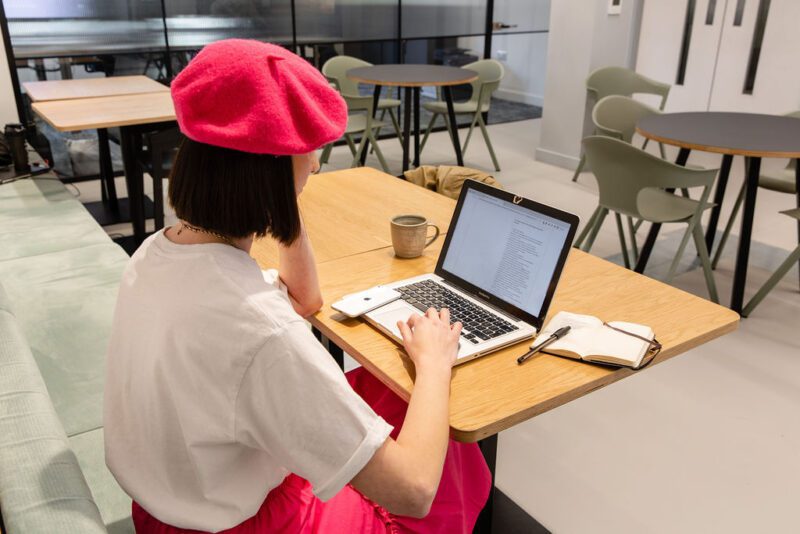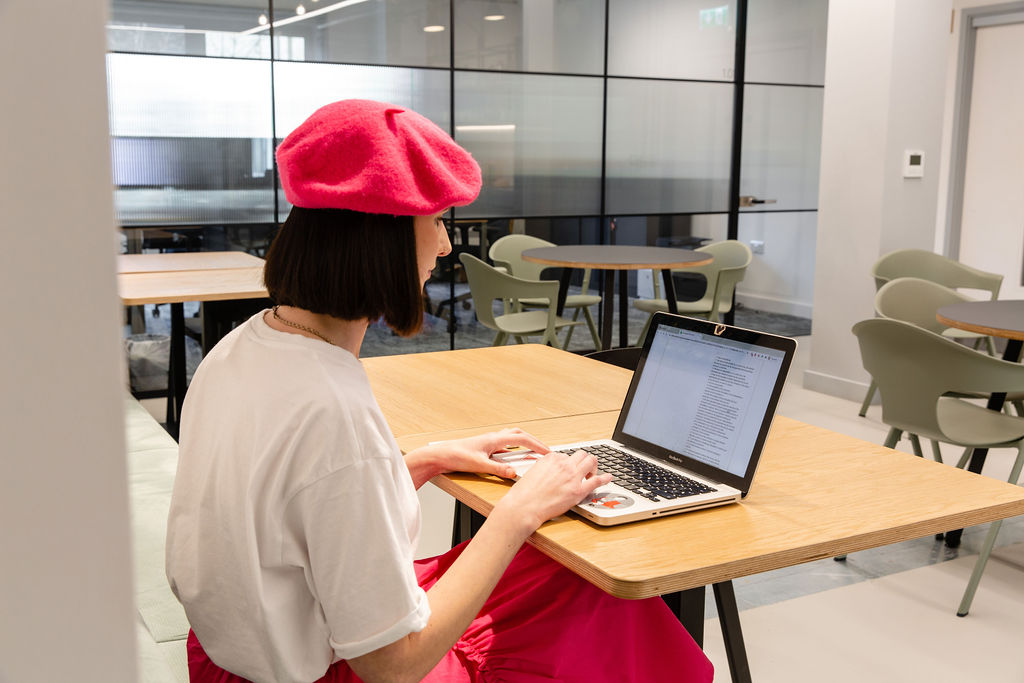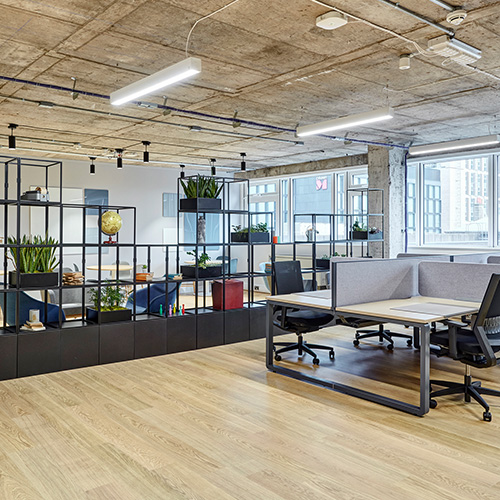The flexible working dream can be a nightmare if you don’t have a suitable workspace.
Making the right choice from home, cafés, or an office can be tricky. Each option has its own set of upsides, but equally, they all bring downsides. As fewer and fewer people find themselves tied to the traditional 9-5, let’s look at the various options to make flexible working work for you.
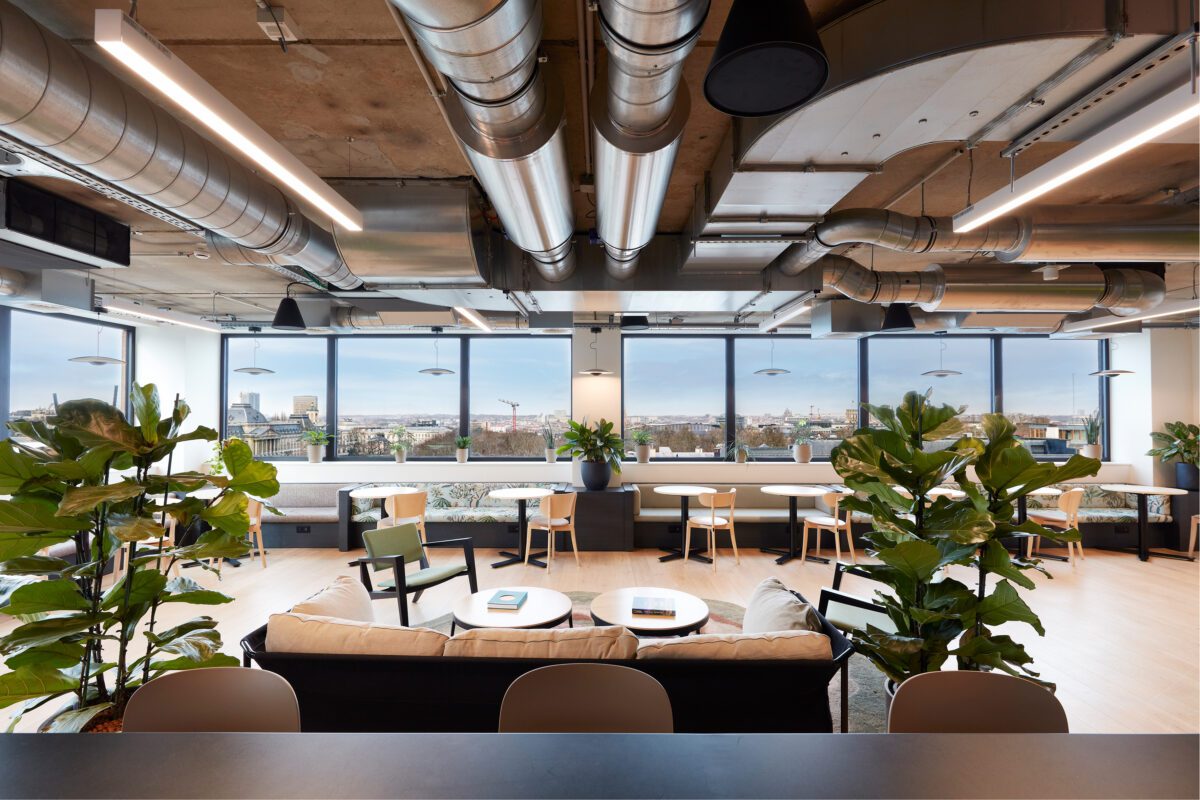
Home Comforts - Productivity sanctuary or pit of distractions?
Working from home can be very appealing when faced with a rainy commute to a long day in a soulless cubicle. But is it always the perfect option? Here’s a rundown on the highs and lows of home working.
Pros:
Ultimate convenience: Reducing your commute to simply padding down the hall to your spare room or kitchen table can mean some extra sleep time or an early start, early finish working pattern—no more fighting over the office thermostat or putting up with your colleague’s choice of playlist. You can create your very own, totally personalised work sanctuary.
Save time and money by eliminating the daily commute: No more sitting in traffic jams or on a crowded train. Those hours are reclaimed, and your bank balance and carbon footprint could look much healthier as a result.
Fit other tasks around work: Say goodbye to the overflowing laundry basket as you squeeze in some chores between Zoom calls, and never miss those crucial deliveries.
Cons:
Endless distractions: Whether it’s the temptation of the television, the cat determined to use your laptop as a snoozing spot, or the sudden urge to rearrange the junk drawer, staying on task can be much harder when working at home.
Isolation station: It can be harder to feel connected to others when working at home. The lack of social interaction can be problematic, and the lack of more spontaneous networking or idea-sharing can hinder more creative or expansive projects.
Blurred boundaries: With little to no separation between workspace and home space, it can be hard to switch off at the end of the day or avoid the temptation to step away from the desk during evenings and weekends, leading to a higher possibility of burnout.
The daily grind - Working from cafés
With the clink of coffee cups mingled with the click of your keyboard, the gentle buzzing ambience of a café can be a great change of workplace scenery to boost creativity and productivity. But it can also be a frustrating, expensive experience. Let’s consider the ups and downs of working from a café.
Pros:
A refreshing buzz: Alongside the caffeine boost from a great cappuccino, the lively atmosphere of a café can be a welcome change from a quiet home or office environment, helping to re-energise a workday.
Change of scene, change of mind: A new workspace and some pleasant decor can help overcome creative blocks or find new inspiration for a project.
Cons:
Hit and miss tech: Café WiFi can be slow or unstable, potentially disrupting tasks. There is also a lack of other facilities like printing or copying that might be needed during your workday.
Power struggles: Finding that perfect spot with access to a power outlet, decent lighting, and a suitable table can be difficult.
Clatter and chatter: The noise can be a challenge if noisier patrons are having loud chats or open kitchens and counters, creating lots of cooking sounds. Trying to take video or telephone calls can be challenging.
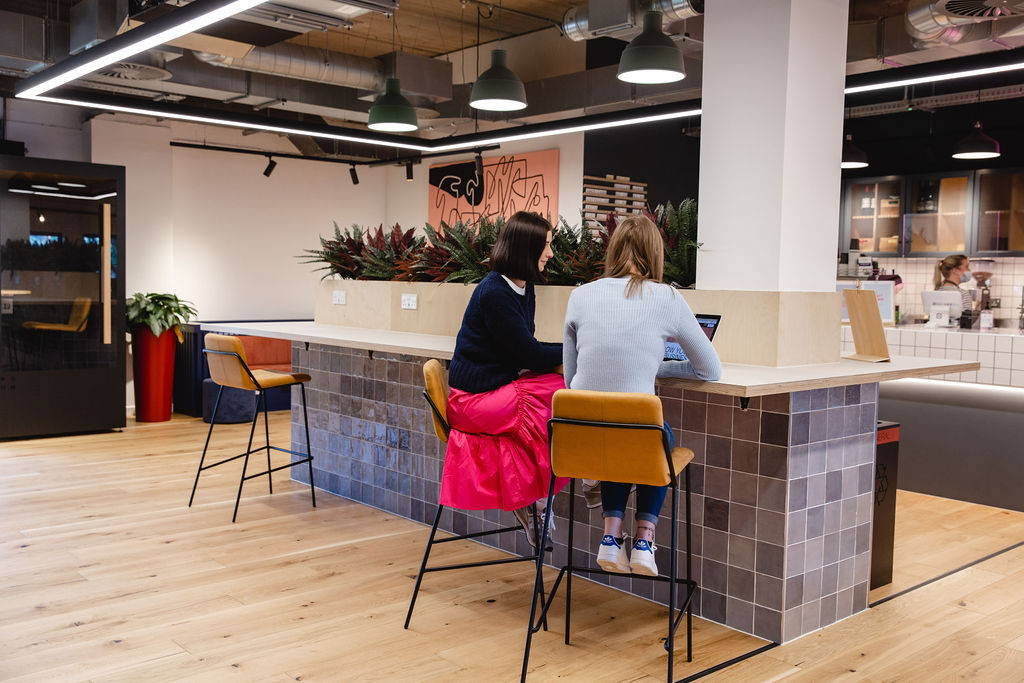
Thinking inside the box - Working from an office
Even in the modern world of work with more and more flexibility in work locations, the office remains a popular choice for many. There are many pros and cons to working from an office. Here are a few to think about when making your choice.
Pros:
Connect and collaborate: Being physically present with coworkers has many advantages and can be crucial for particular projects or discussions. It also helps to cement a sense of community.
Separate and different: Going to a specific venue solely for work can help provide a clear separation between work life and home life, and some people will find it much easier to mentally leave ‘work brain’ at the end of the day when working from an office.
Purpose-built for productivity: Good office environments can really help with focus, providing all the facilities needed to achieve the best outcomes and minimising non-work distractions
Cons:
The killer commute: Rush-hour traffic and packed public transport can put a dampener on both ends of your workday, leaving you drained and unmotivated.
Square pegs, round holes: One-size-fits-all offices can fail to cater for the different needs of employees, causing discomfort, distraction, and frustration.
Less freedom, less motivation: Office spaces with fixed hours or limited access times can force people to work to schedules that don’t suit other commitments or preferred working patterns.
The Ultimate Solution: Flexible Office Space
What if you could take the best parts of home, café and office working and combine them into one workspace? Flexible workspaces could offer you just such a place, bringing elements of each environment along with additional benefits, including:
Customised work environments: Whether you need a quiet, private space to focus on an important task or call or a buzzier communal space to brainstorm a new project, flexible workspaces can cater for different needs under one roof.
Networking and community: Being surrounded by like-minded professionals and having the opportunity to engage with wider networks can be a boost to your business.
All the benefits, none of the commitment: Need a space for just a couple of days a week? Want to test out shared workspaces or having a private office but don’t feel ready to take on a long-term lease? Flexible workspaces can offer premium office facilities without outlaying a fortune in set-up costs or committing to renting a space for a long time.
Are you curious to find out more about the many benefits of flexible workspaces? Take a look at Clockwise’s beautifully designed spaces around the UK and Europe, and learn about the variety of membership packages we can offer.
